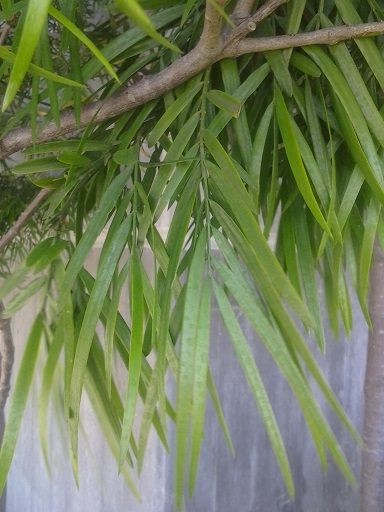UNITED STATES—Gardening is not so much fun when the weather gets as warm as it has been recently. It is more comfortable to stay inside with air conditioning, or at least where it is shadier. The plants out in the garden are on there own. Except only for those that are potted, they do not have the option of coming in out of the heat.
Most plants actually do not mind the sort of heat that is uncomfortable for us. Some actually enjoy it. The problem is that heat often occurs in conjunction with other weather conditions that can collectively become really unpleasant for plants.
Minimal humidity makes otherwise unpleasantly warm weather more comfortable for us, but can desiccate foliage that prefers more humidity. Japanese aralia, fuchsia, rhododendron, split-leaf philodendron and many other plants that should not mind warmth can get roasted if warm weather is also too dry. Because sunlight enhances the process, exposed foliage is much more susceptible to damage. To make matters worse, sunlight is more penetrating through clear dry air.
Wind that makes us feel a bit cooler in warm temperatures can likewise cause desiccation as it draws more moisture from foliage. Finely textured plants like Japanese maple, many ferns and some grasses, are particularly susceptible. Offshore wind, like the famous Santa Anna Winds of Southern California, are the worst, because they come in both hot and dry from more arid inland areas, combining all three factors of minimal humidity, heat and wind.
Many of the plants that are susceptible to damage from heat happen to be tropical or subtropical plants that typically enjoy heat as long as the air is humid and still. Others are ‘understory’ plants that naturally live in the shelter of higher trees, so do not like direct sun exposure or wind. Yet, even substantial trees, like fern pine (Podocarpus spp.) and even redwood, can get a bit roasted if the weather gets hot, dry and windy enough.
Conservation of water makes warm weather even more uncomfortable for sensitive plants. They really want more water to keep their foliage and stems well hydrated. Hosing ferns and grasses when things get really hot helps to cool the foliage, and briefly increase the ambient humidity. Because thin young bark is more susceptible to sun-scald in hot weather, pruning that would expose more bark should be delayed until the weather turns cool again.
Highlight: fern pine
It is neither a fern nor a pine. Fern pine, Podocarpus gracilior, can be a tree taller than fifty feet, and half as broad, but is often a shorn shrub or hedge that can be kept less than eight feet tall. Stems are limber enough while young to be espaliered. The finely textured evergreen foliage is somewhat yellowish out in full sun and darker green in partial shade. Individual leaves are as long as two and a half inches, and less than a quarter inch wide, and hang almost like fat pine needles. Some but not all mature trees can drop a bit of messy fruit with hard pits that are a bit larger than those of cherries.
Bark gets distinctively blotched as it ages. The deep roots can be remarkably complaisant with concrete. Outer growth can get damaged by the harshest frosts every few winters or so or roasted by hot dry heat every few summers.






